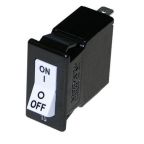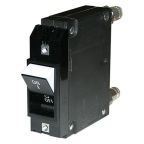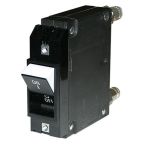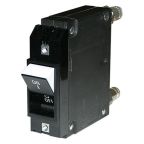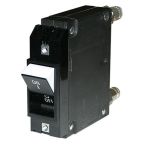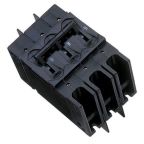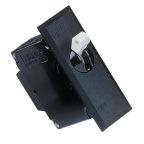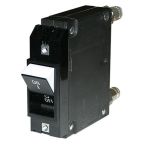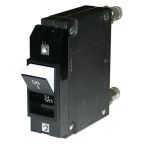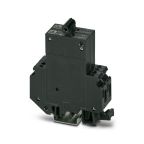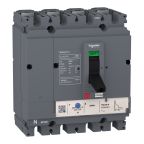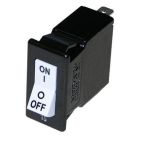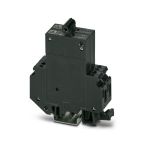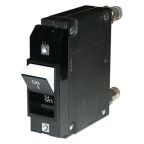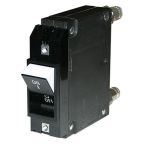Thermal Breakers
Thermal breakers protect circuits from excess current in a similar way to a fuse, however, they often feature a switch allowing them to be reset if tripped. Common types of thermal breakers include thermal magnetic circuit breakers and thermal automotive circuit breakers.
Types of Thermal Breakers
Thermal magnetic circuit breakers are devices that provide protection against overcurrent in circuits. Circuit breakers use an automatically operated electrical switch to disrupt the flow of current when an overload or short circuit is detected. Thermal magnetic circuit breakers do this using an electromagnet and bimetallic strips.
Circuit breakers provide more sophisticated protection against overcurrent than a simple fuse. Fuses simply burn out and have to be replaced, whereas circuit breakers just need to be reset.
Thermal automotive circuit breakers are devices used to break the flow of current in automotive circuits, in order to protect them against a fault such as overcurrent or short circuit.
The thermal aspect of this type of circuit breaker allows for smaller overcurrents over a longer period of time, but will quickly trip the circuit for larger overcurrents. This is useful in the case of motors, as there will be a small overcurrent each time the engine is switched on for a short length of time, which should not trip the circuit.
What are thermal magnetic circuit breakers used for?
Thermal magnetic circuit breakers are most often used in distribution boards. They make up part of the subsidiary circuits in the broader electrical supply system, protecting against overcurrent.
What are thermal automotive circuit breakers used for?
Thermal automotive circuit breakers are used to protect electrical networks in most types of vehicles, including cars, vans, buses, and boats.
